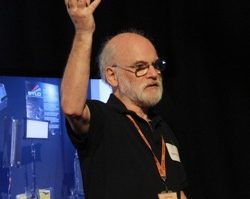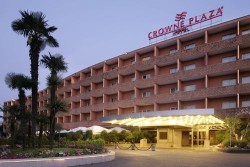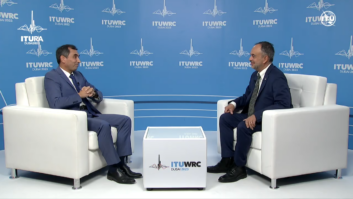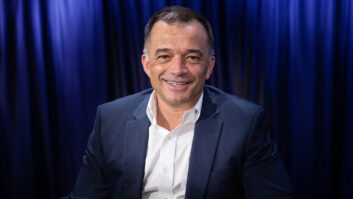
The European Commission has stepped into the ongoing rows about broadcast spectrum.
The angst in the spectrum shoot out between free to air broadcasters and the mobile broadband companies has been significantly mollified by the European Commission’s recommendation that access below 700MHz should be reserved for digital terrestrial TV until 2030.
The core element of the EC High Level Group report work, chaired by former European Commissioner and WTO director general Pascal Lamy, was its look at future use of the UHF spectrum band between 470 to 790MHz.The key recommendation is that the EU adopts, “a common position against the co-primary allocation of the core audiovisual band (470-694 MHz) to the mobile service at WRC 2015”.
A first Litmus Test has to come from the EBU, which put in six months of hard work behind the scenes.
“It has given pause for thought. The broadcasters’ interests are now being taken seriously, and people recognise it’s not just a simple matter of switching off 250 million viewers and giving it all to the mobile operators,” said Simon Fell, the EBU’s head of technology and innovation.
“It has changed the situation more than a bit. Some people read it as 700MHz goes to mobile, but that was going to happen anyway. It was just a question of when,” he added. “What we are getting now from the EU is the firm backing of the fact that DTT has a life until at least 2030, which is in keeping with what most EBU members see as the horizon.
The EBU was “fairly supportive” of Pascal Lamy, but it sees problems in certain countries because not everybody can switch off 700MHz use by the 2022 cut off date. It also notes that it is essential for member states to follow the report findings on compensational and transitional arrangements.
Has this whole confrontation been about removing competition from the market? “There is still plenty to say,” said Fell. “We will have a good old barney about the amount of spectrum the mobile operators are requesting. They have got about 3000 MHz of spectrum, but what extra could they do in broadcaster spectrum that is so outstanding that they could not do in their own spectrum already?
“Safeguarding everything below 700MHz will enable public service broadcasters and the European AV industry to continue reaching all sectors of the population and sustain broader content choice,” he added.
Words: 393







